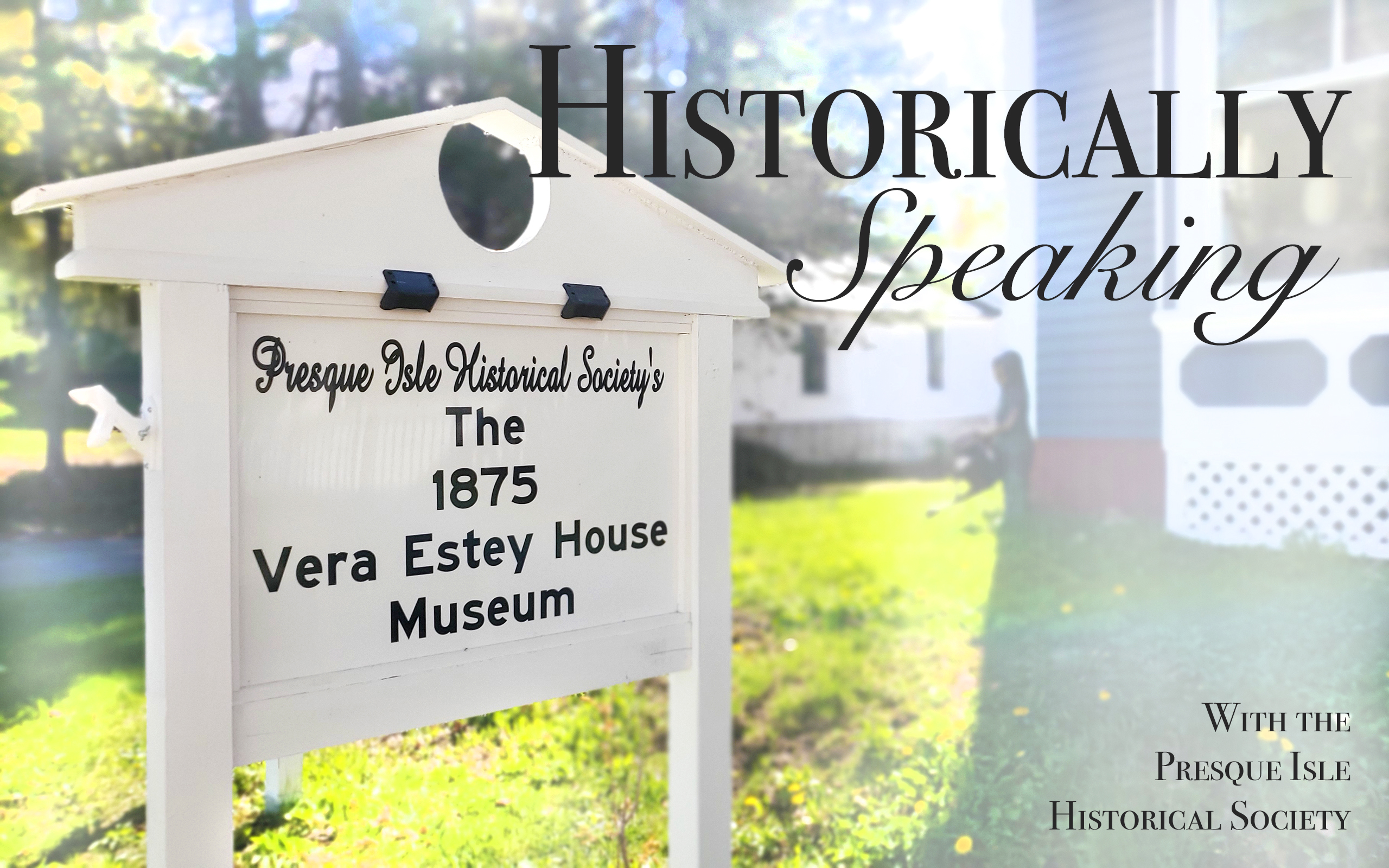The holiday season should be one of joyous celebration. However, there are countries today in the grip of war. War dramatically changes how the people in these countries view and observe the “normal” holiday traditions. Our hearts and prayers go out to those in wartorn countries during this holiday season.
As an example of how war changes our normal holiday observances, we can look at the changes that occurred at Christmas during the American Civil War, 1861 to 1865. War did not cease on Christmas Day. In addition to troop exercises, there was a blockade runner caught by the Union Navy on on Christmas in 1861; a well-known Christmas Raid in Kentucky by Confederate General John Hunt Morgan; a military execution for desertion that soldiers were forced to witness; the destruction of the Confederate Salt Works at Bear Inlet, North Carolina by Union soldiers in 1863; and numerous other skirmishes.
Christmas dinner also varied greatly. Some soldiers received no special treats, privileges or gifts at all on Christmas while others were treated to special meals. One captain from Massachusetts fed his soldiers turkey, oysters, pie and apples. In an excerpt from the Civil War diary of Harrison H. Robinson, a soldier from Presque Isle, he writes, “December 25, 1862: No work. Breakfast beans, bread and cold potatoes. Dinner sweet potatoes salt beef squash and bread.”
For Southern slaves, the Christmas season had always meant a break from their duties for a day or two, and they celebrated with singing, dancing and possibly a brief reunion with separated family members from other plantations. Before the war they had received gifts from their masters and their semi-annual clothing allotment.
Henry Wadsworth Longfellow, one of the preeminent poets of his era, wrote a poem on Christmas Day in 1864 after learning that his son, Lt. Charles Appleton Longfellow, had been severely wounded in battle in November during the Nine Run Campaign. The poem, “Christmas Bells,” later became the lyrics for the Christmas Carol “I Heard the Bells on Christmas Day.” The poem was thought to support pacifism.
Gifts were fewer, that was for certain. For many, there were no gifts at all as Christmas was not officially observed as a holiday in the United States until five years after the end of the Civil War. Confederate families sometimes used the war as an excuse for the lack of gifts, telling the children that the Yankees had shot Santa.
Many of the carols we sing today were written during the Victorian Era, 1837-1901. Some popular during the Civil War included “Deck the Halls,” 1862; “It Came Upon the Midnight Clear,” 1849; “Jingle Bells,” 1857; “O Come All Ye Faithful,” 1843; “Silent Night,” 1816/1818; and “We Three Kings of Orient Are,” 1857.
Prior to the 1860s, the image of Santa had been presented in many different ways — and colors. German-born American caricaturist and political cartoonist Thomas Nast changed all of that with a series of 33 drawings presented in the illustrated magazine Harper’s Weekly from 1863 to 1886.
Nast, considered to be the “Father of the American cartoon” and referred to as “the most powerful and influential political cartoonist that America has ever known,” was inspired by Clement Clarke Moore’s “Twas the Night Before Christmas.” With Moore’s imagery in his head, Nast gave us a jolly old elf dressed in red, who rode in a sleigh pulled by reindeer, lived at the North Pole, read children’s letters, kept a naughty-and-nice list, and climbed down chimneys to deliver presents.
President Abraham Lincoln called Nast’s use of Santa Claus “the best recruiting sergeant the North ever had,” according to E.B. Long’s 1971 book, “The Civil War Day by Day: An Almanac, 1861-1865.” Another Thomas Nast cartoon from 1863 depicts Santa distributing gifts to Union troops. He is also well known for creating the images of Uncle Sam, the Republican elephant, the Democrat donkey, and for illustrating Defoe’s Robinson Crusoe.
To see some of these cartoon images or actual excerpts from the Robinson Diary, visit Presque Isle Historical Society’s exhibit in the McCain Conference Room, second floor, Northern Light AR Gould Hospital.
Kimberly R. Smith is secretary/treasurer of the Presque Isle Historical Society.








